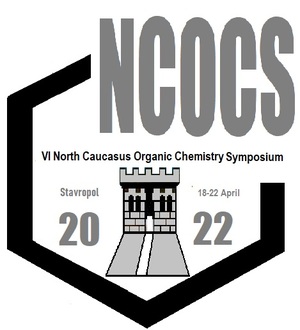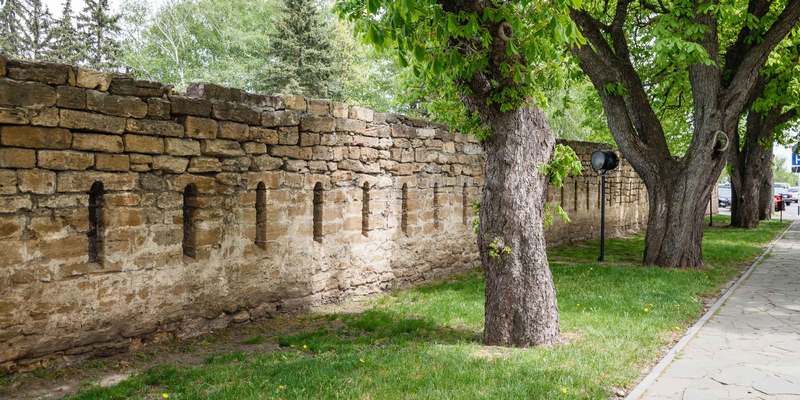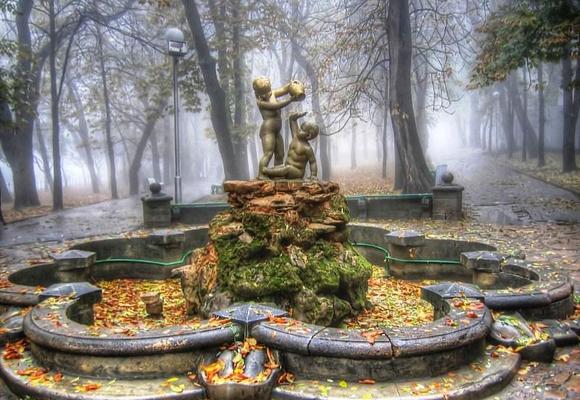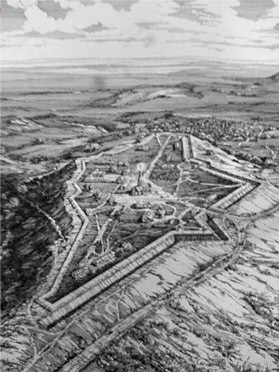Stavropol was founded on October 22, 1777 following the Russo-Turkish War of 1768–1774 as a military encampment, and was granted city status in 1785. Prince Grigory Potemkin, who founded Stavropol as one of ten fortresses built between Azov and Mozdok at the request of Catherine the Great, played a leading role in the creation of the city. Don Cossacks, particularly those from the Khopersky Regiment, settled the area in and around the cities of Stavropol and Georgiyevsk with a mission to defend borders of the Empire.
Alexander I in 1809 invited several Armenian families to settle by the fortress, in order to encourage trade in the region.
Stavropol's strategic location aided in the Russian Empire's conquest of the Caucasus. By the early 19th century the city grew into a busy trade center of the North Caucasus. In 1843, an Episcopal see of the Russian Orthodox Church was established in Stavropol and in 1847 the city became the seat of Stavropol Governorate.


The name Stavropol (Russian: Ста́врополь) is a Russian rendering of the Greek name, Stauropolis (Greek: Σταυρούπολις 'City of the Cross'. According to legend, soldiers found a stone cross there while building the fortress in the city's future location.[13] It is unrelated to Byzantine Stauroupolis (ancient Aphrodisias) in Asia Minor, nor to the city of Stavropol-on-Volga (now called Tolyatti).
Stavropol experiences a humid subtropical climate (Köppen climate classification: Cfa), bordering an oceanic climate (Cfb) or, following the 0 °C isotherm, a humid continental climate (Dfa/Dfb), with short but cold winters (though mild for Russia) and hot summers. Precipitation is rather low, with a 562 millimeters (22.1 in) annual average.
Stavropol is not protected by the mountains in the winter months, so it can frequently get very cold. The lowest temperature recorded in Stavropol was −28.3 °C (−18.9 °F) on 8 February 2012, while the highest was +39.7 °C (103.5 °F) on 8 August 2006.

The territory of the city of Stavropol and its environs began to be populated since ancient times. This is evidenced by more than 20 settlements and settlements found by archaeologists from the Eneolithic era to the Middle Ages. The most ancient of them was discovered on the left bank of the Tashly River at the northern foot of the Fortress Mountain.
